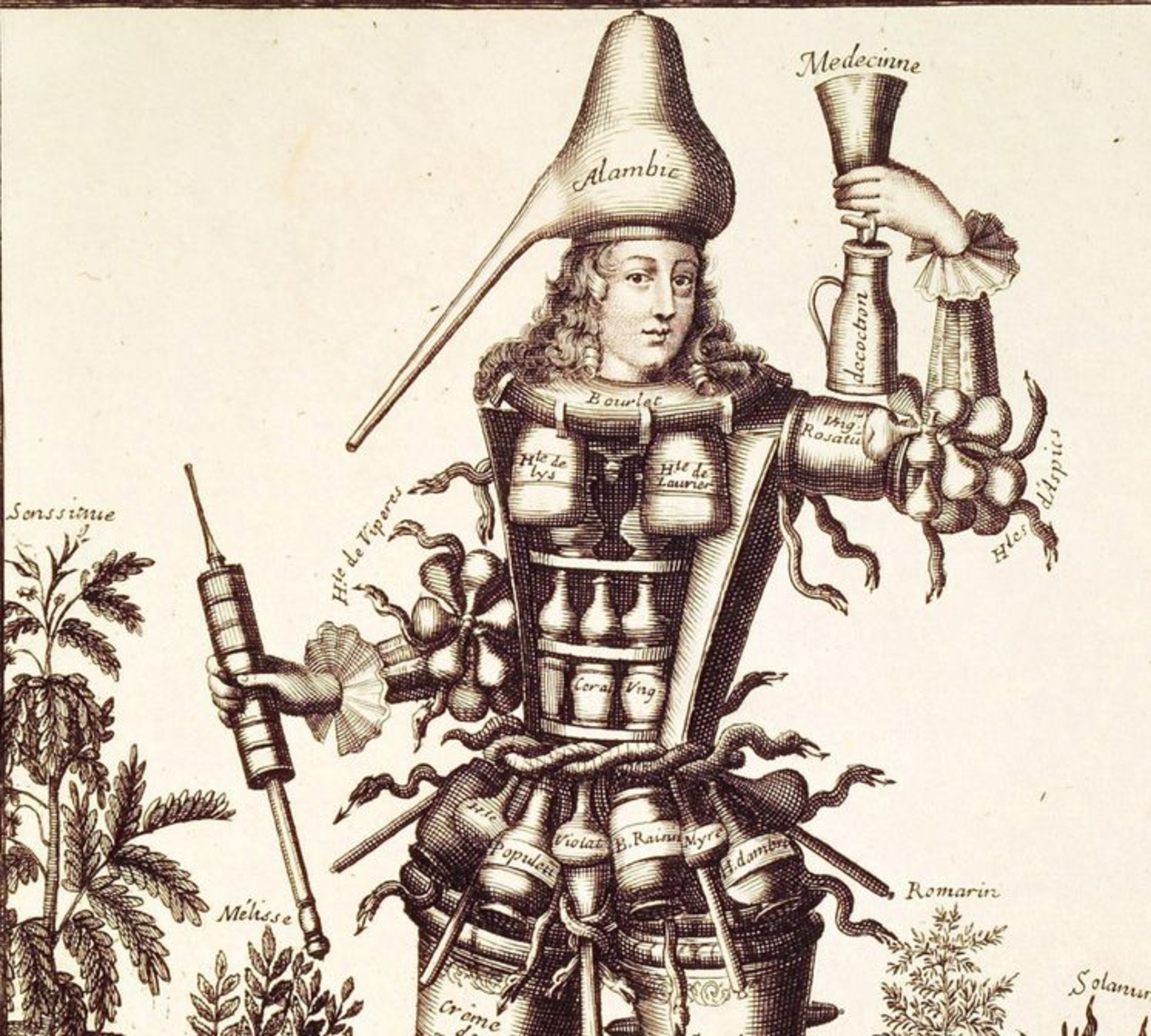- Home
- Life aboard ship
- Illness and death
"Bodies decay in seas, and names in minds. / Time adds to shadows shades of darker kinds: / Sombre oblivion blends with sombre spray." Victor Hugo, Oceano Nox
To tell the truth, we know little or nothing about the lives of the crew. The ship's log, written by the ship's captain, spend very little time on the daily life of the men aboard. Only their deaths appear in the log, because upon returning to port, the ship-owners and the families of the deceased (in that order) had to be informed. A number of reports of journeys end with a long list of sailors who died during the voyage – paradoxically, it is their abrupt disappearance that has preserved their names down to the present day.
Naval warfare, notably commerce raiding, is the primary source of the names on the sombre list of those "lost at sea". Illness, especially scurvy – the cause of which was unknown until the late 18th century – also claimed lives, particularly on the long-haul voyages to China and the South Sea. Terse phrases such as "fell into the ocean" and "lost in the fog" are reminders of how dangerous a sailor's life was, whether sailing the high seas or navigating the reefs off Newfoundland. Although they were more common among the crew, death and disease spared no one – the archives sometimes also related the death of an officer, or even a captain. Finally, very rarely, suicide was given as the cause of death.
